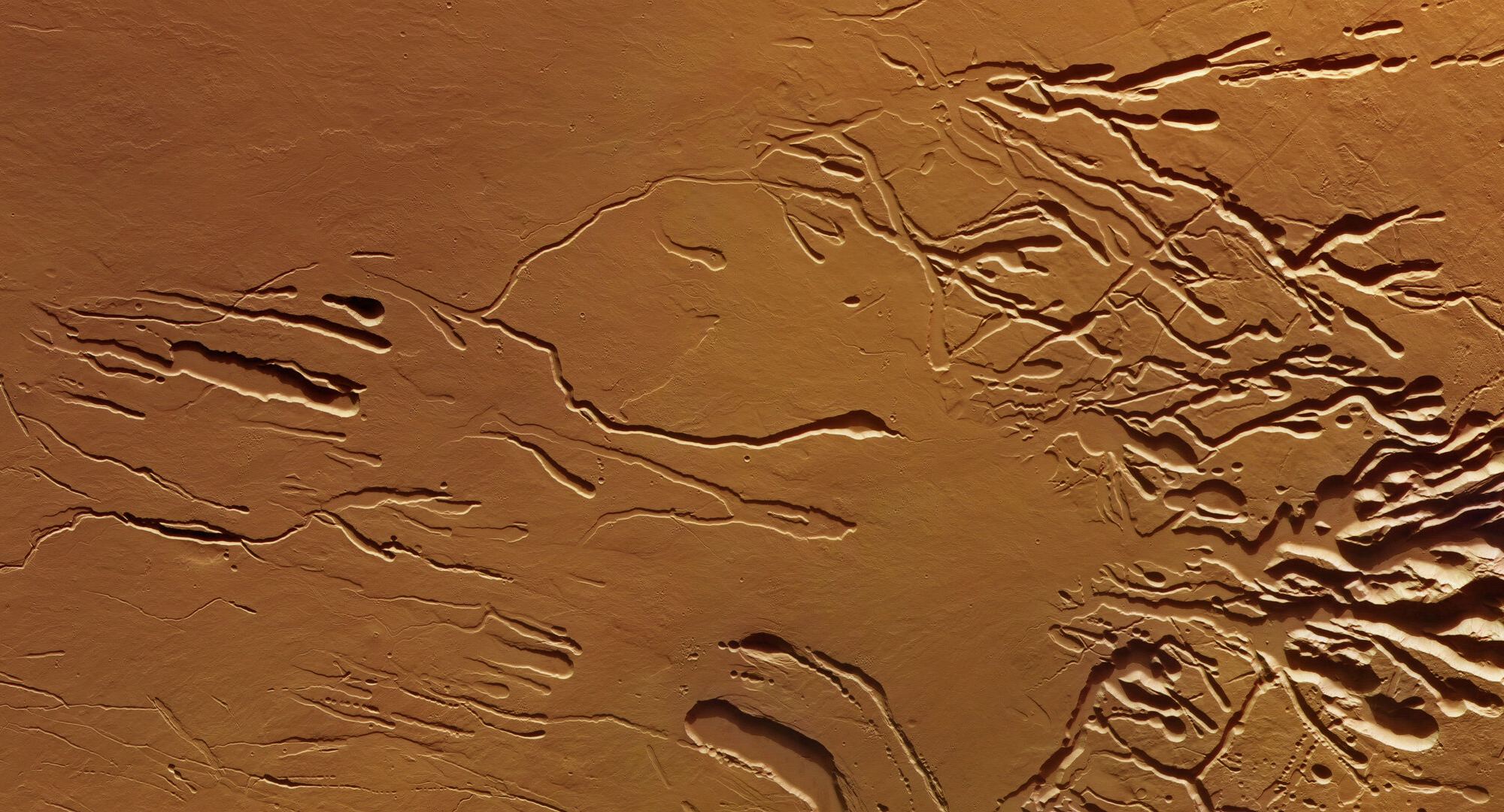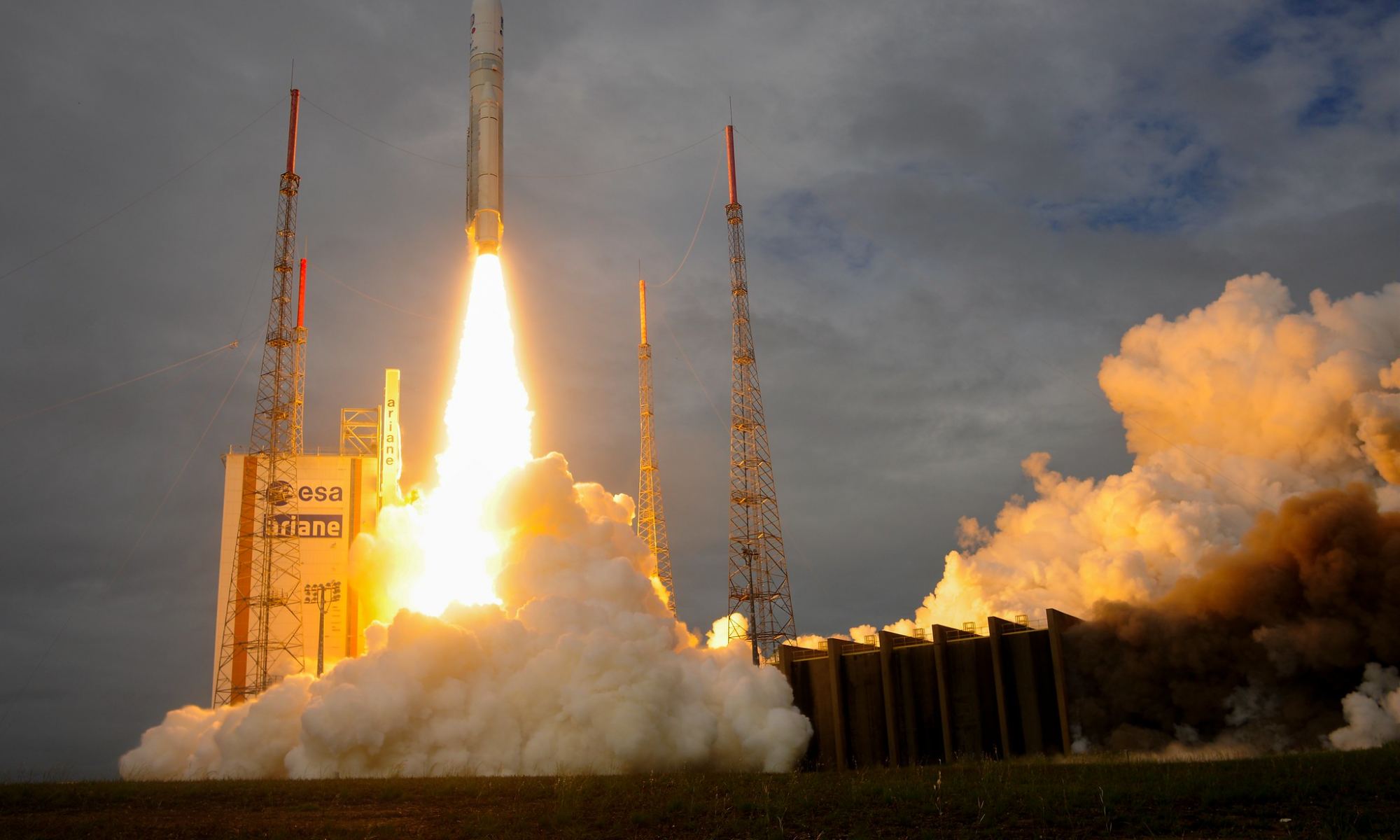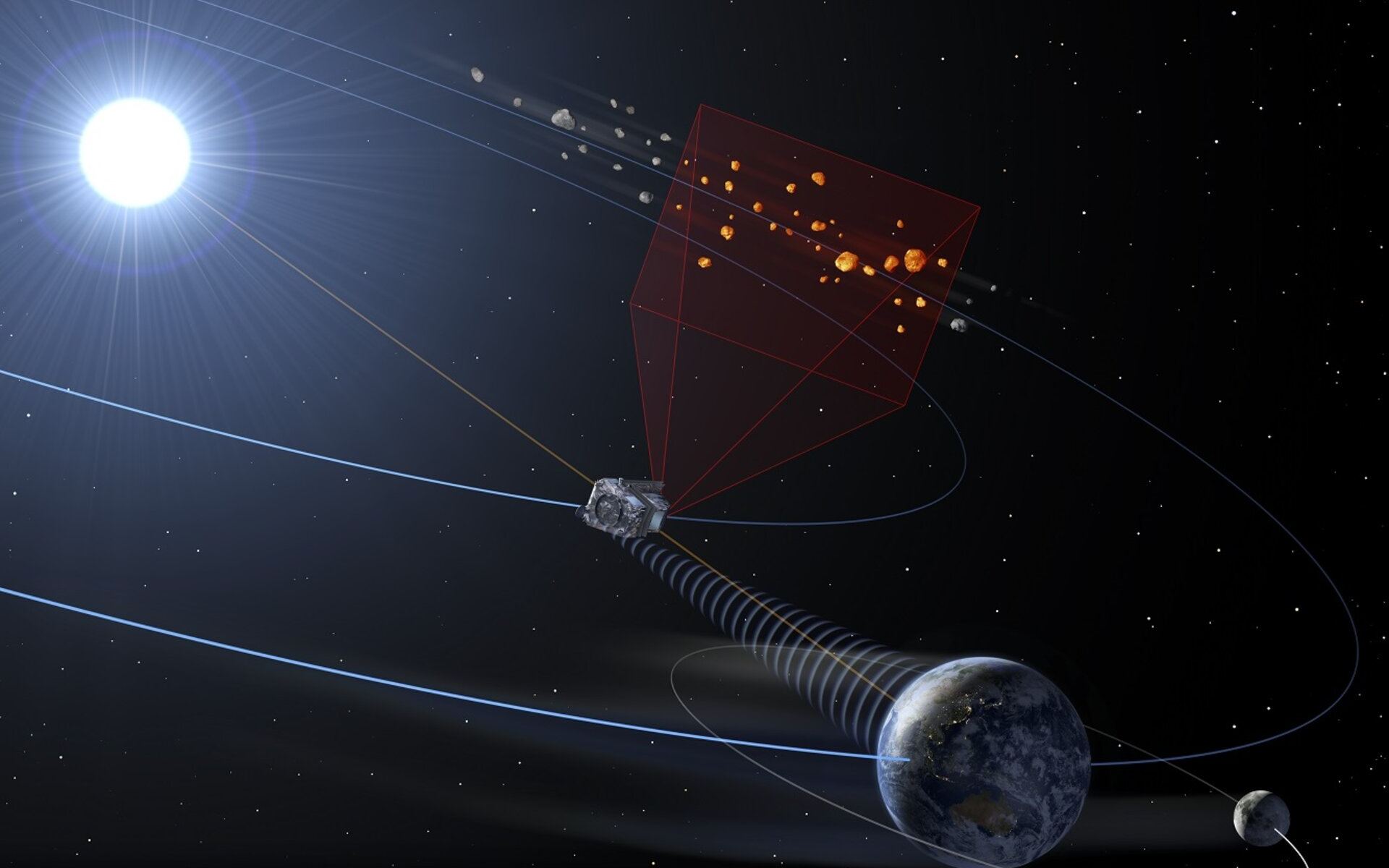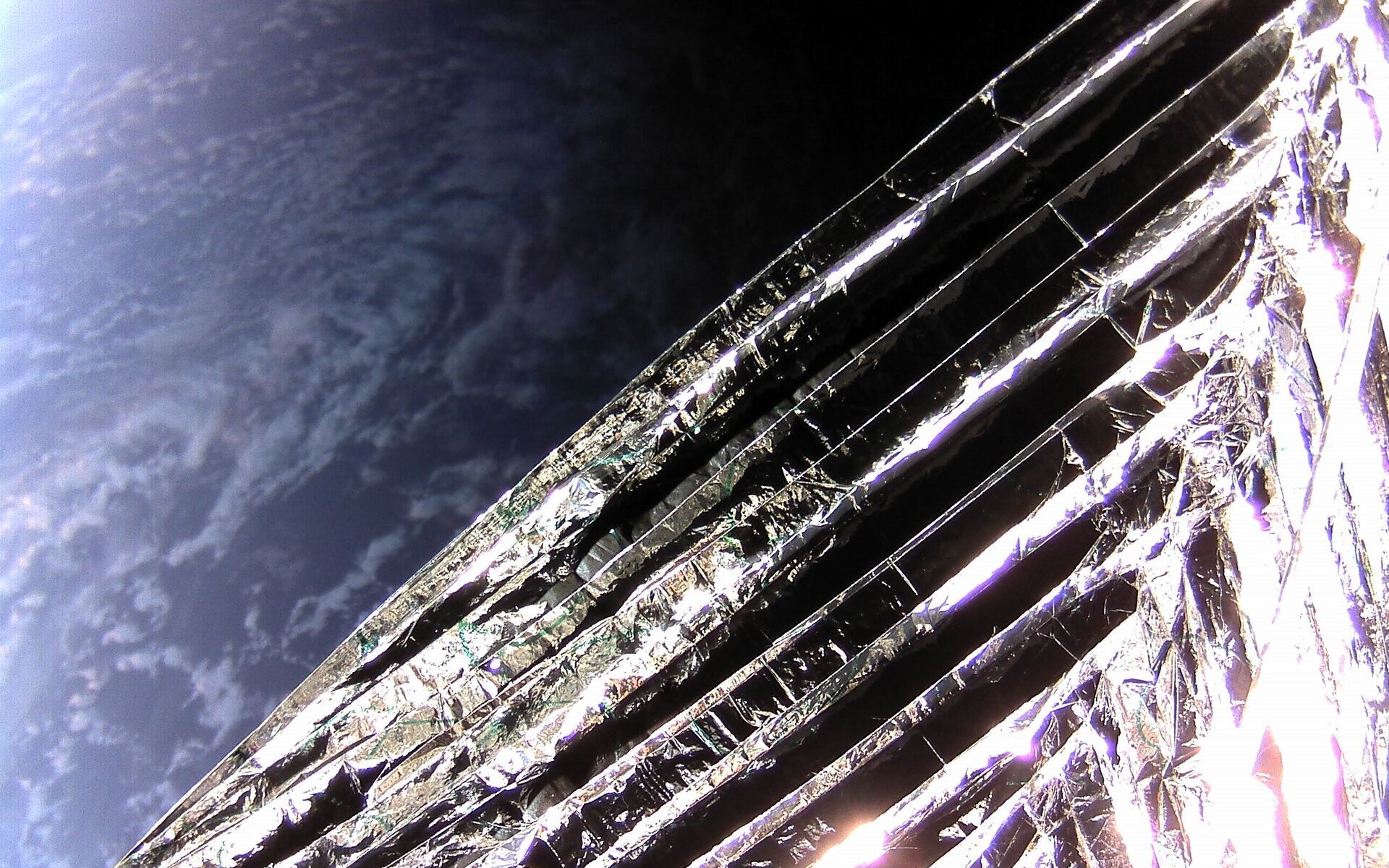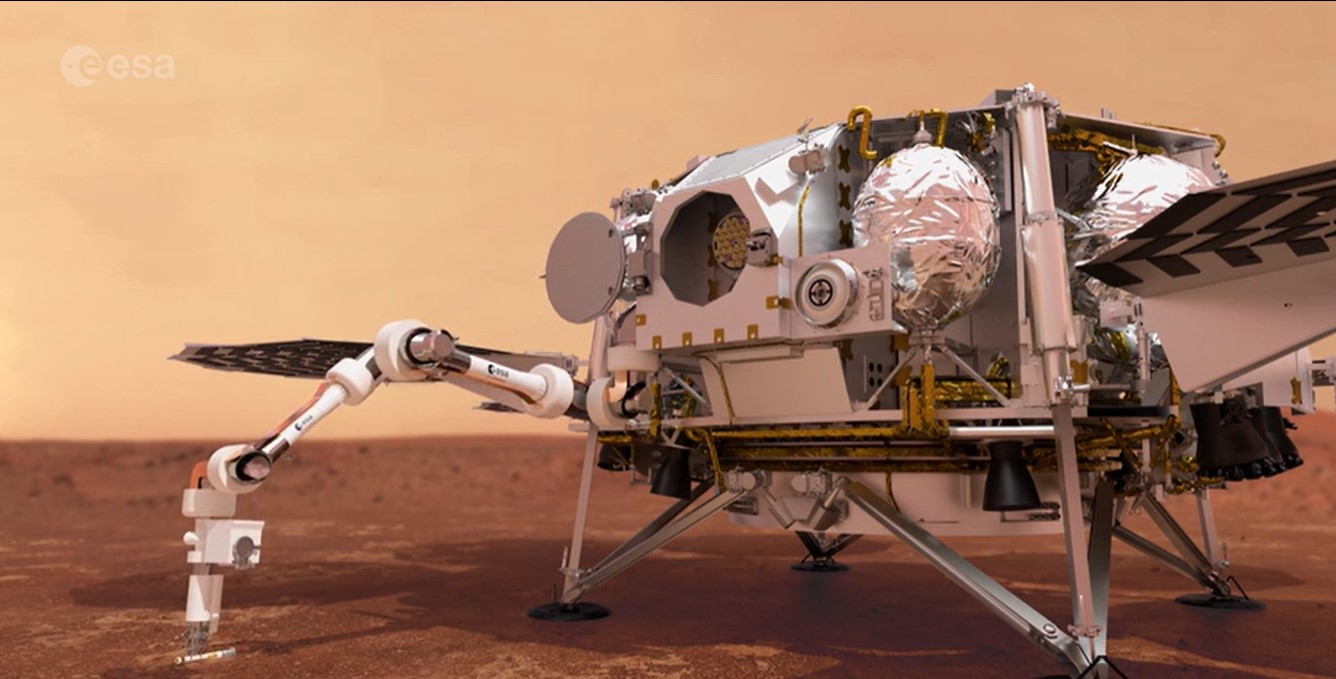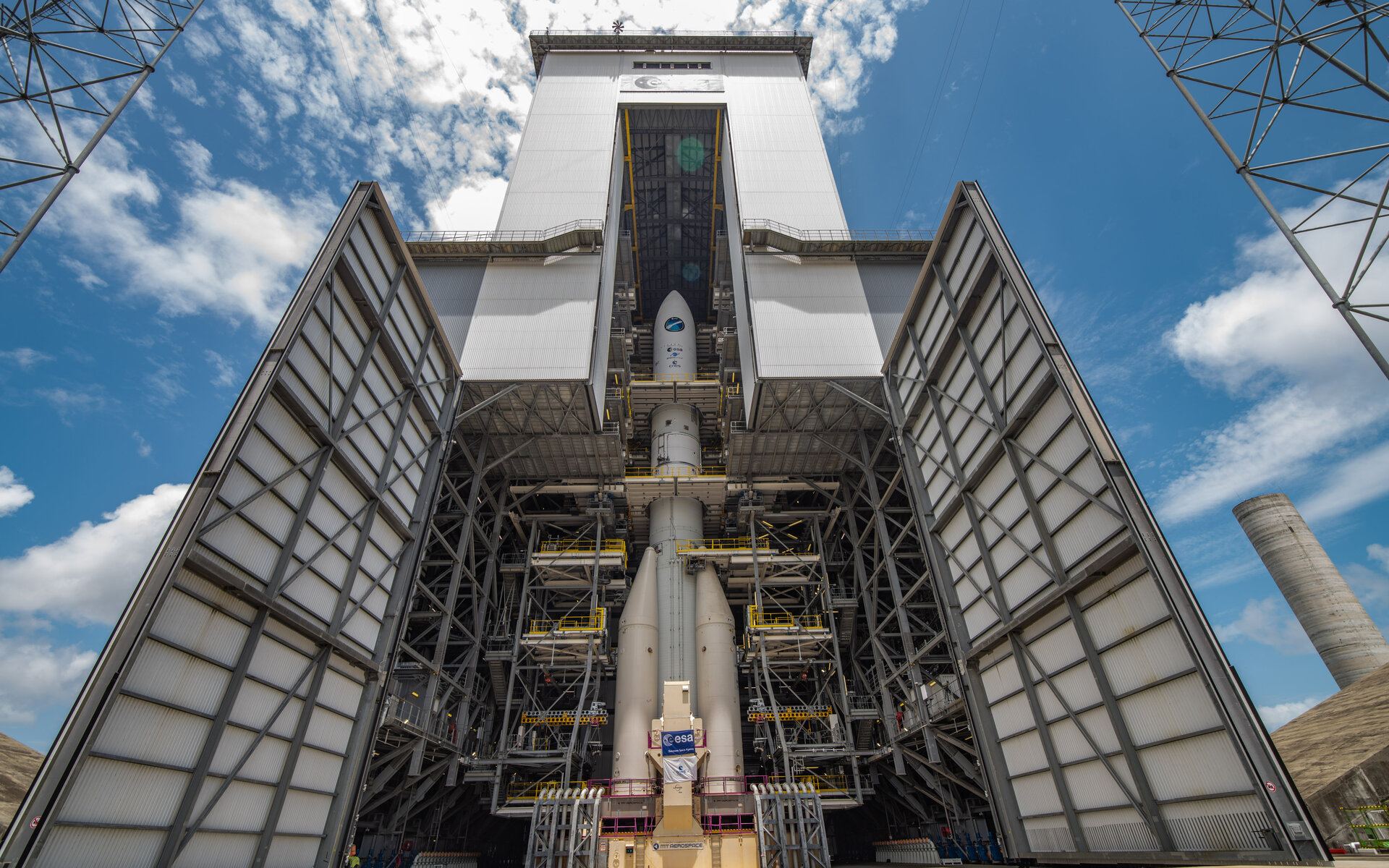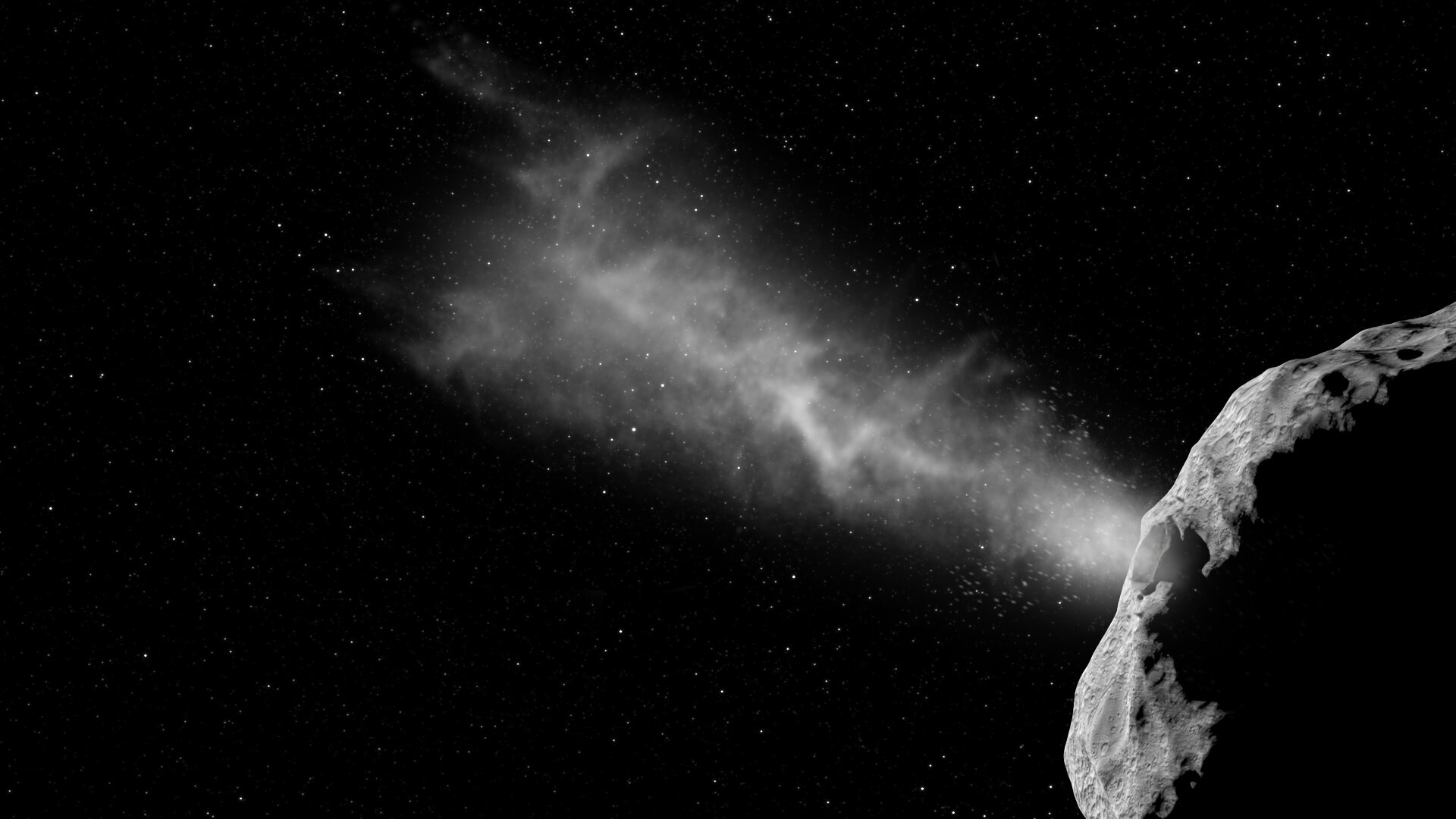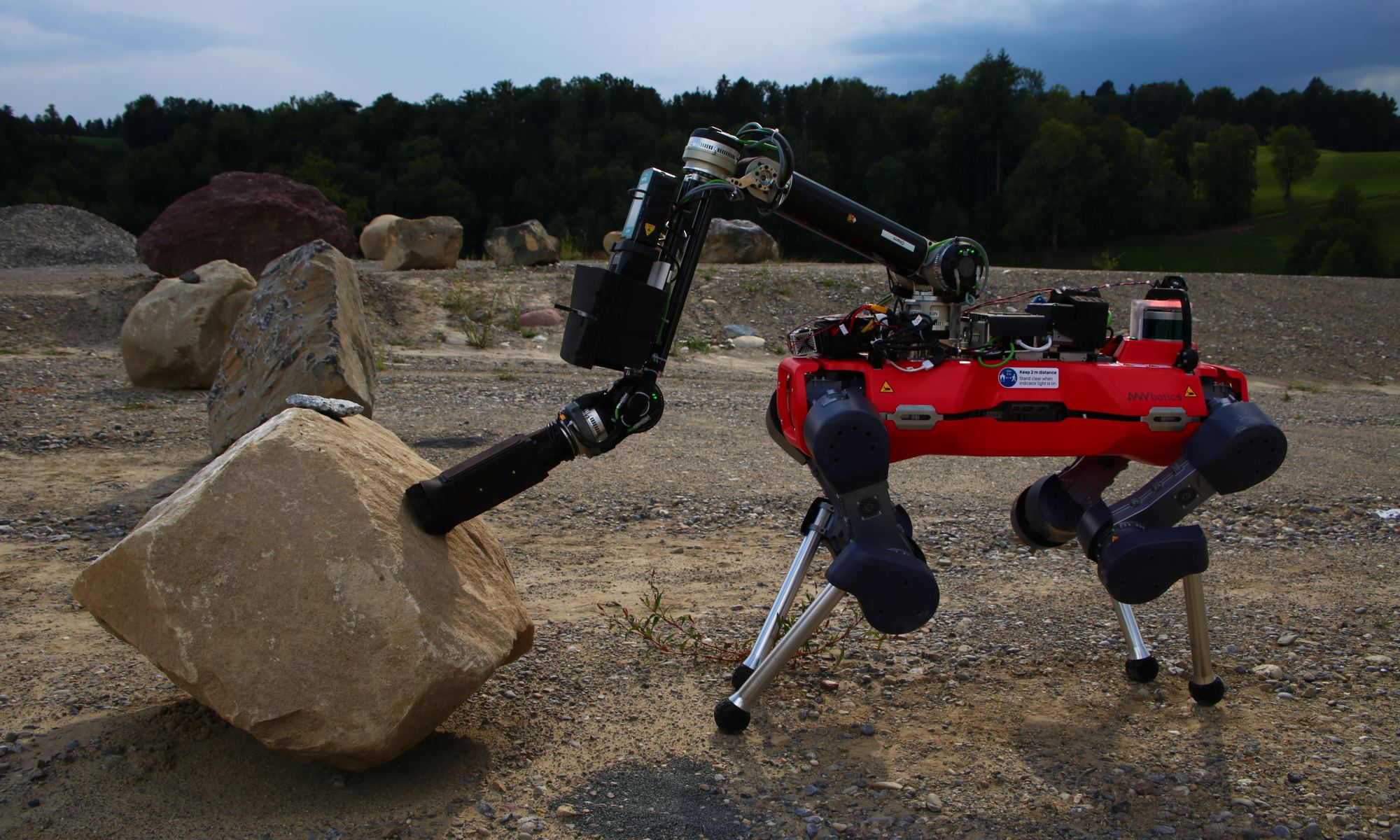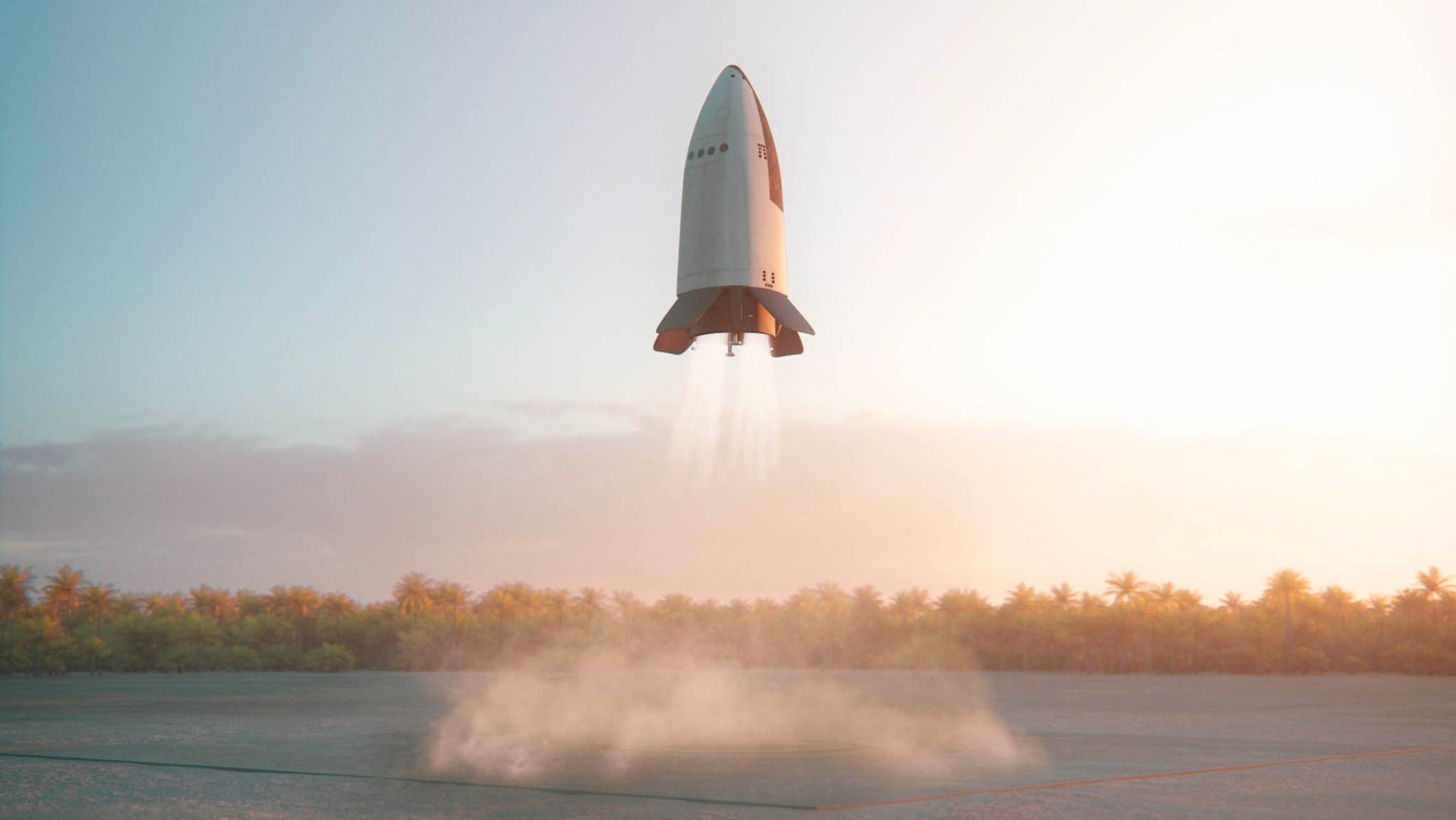To date, astronomers have confirmed 5,272 exoplanets in 3,943 systems using a variety of detection methods. Of these, 1,834 are Neptune-like, 1,636 are gas giants (Jupiter-sized or larger), 1,602 are rocky planets several times the size and mass of Earth (Super-Earths), and 195 have been Earth-like. With so many exoplanets available for study (and next-generation instruments optimized for the task), the process is shifting from discovery to characterization. And discoveries, which are happening regularly, are providing teasers of what astronomers will likely see in the near future.
For example, two international teams of astronomers independently discovered a gas giant several times the mass of Jupiter orbiting a Sun-like star about 87.5 light-years from Earth. In a series of new papers that appeared in Astronomy & Astrophysics, the teams report the detection of a Super-Jupiter orbiting AF Leporis (AF Lep b) using a combination of astrometry and direct imaging. The images they acquired using the Spectro-Polarimetric High-contrast Exoplanet REsearch instrument (SPHERE) have since become the ESO’s Picture of the Week.
Continue reading “Astronomers Suspected There Should Be a Planet Here, and Then They Took a Picture of it”
